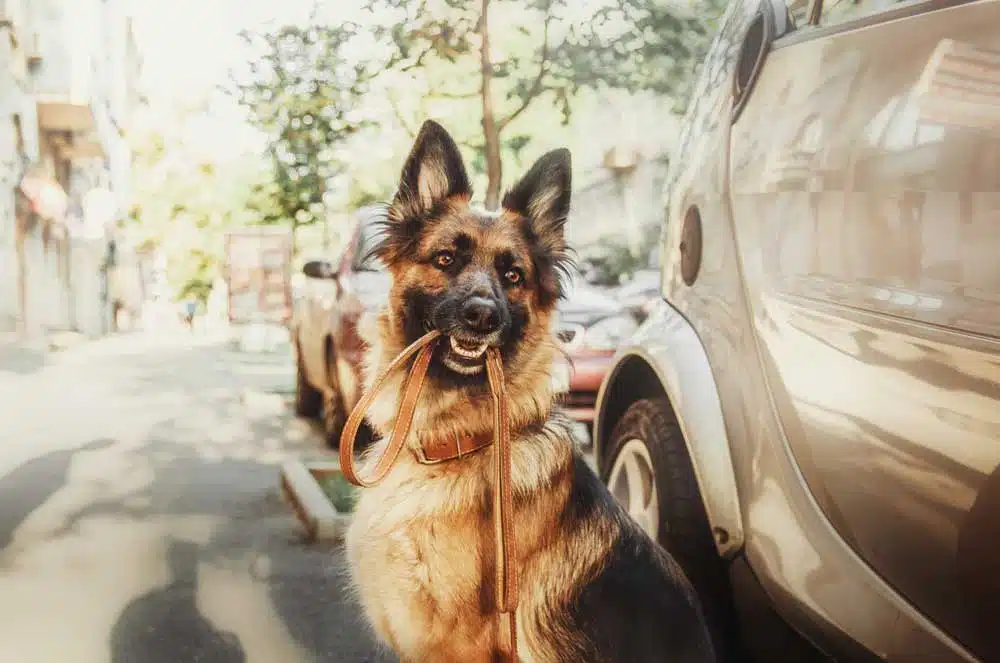
Belgian Malinois vs German Shepherd—many people confuse them for each other. If you ask an owner they will easily understand and recognize the differences. But are they two sides of the same coin, or different currencies altogether? If you’re looking for a new pet companion or if you’re just curious, there are some notable differences in these two stately, intelligent breeds.
From temperament to exercise to, we’re going to tell you all you need to know regarding Malinois vs German Shepherds. Read on and become even more equipped with some important and Belgian Malinois that make them somewhat similar and somewhat different.
They’re Related, Right?
Though remarkably similar in looks, German Shepherds and Belgian Malinois are not directly related per se. But because Germany and Belgium do share land borders, it’s logical to assume that there was random inbreeding in the past. But strictly related, they are not: both are purebreds, and both are separately recognized breeds by the AKC.
The Malinois, bred specifically for herding livestock, have existed at least a century longer—their origins dating to 1800s Belgium. The Shepherd came along about 100 years later in the early 1900s and was bred in Germany for herding sheep.
Dead Ringers, Almost
Sometimes a side-by-side comparison will help you tell the difference between these “look-alike” breeds, but in case you don’t have two dogs handy, let us help give you some tips for telling them apart.
- Belgium Malinois are generally about 10% smaller than German Shepherds, have finer bone structure, have less body fat, and have a leaner and more streamlined look.
- German Shepherds tend to have broader chests, slightly more muscular builds, and fuller coats.
- Belgium Malinois have a more pointed angular look to their face, whereas German Shepherds are boxy and more proportionate.
- Belgium Malinois are generally a fawn color, with darker ears; and the German Shepherds have a wider variety of colors to their breed (11 known German Shepherds colors vs 5 known Belgium Malinois colors)
Wanna Play Fetch?
German Shepherds are the 2nd most popular dog breed according to the AKC and in the top 5 most popular for decades. And Belgian Malinois are quickly gaining in popularity, as they are at the time of writing the 43rd most popular dog breed in the US—up from the 76th most popular just a few years ago. To put that into perspective, Collies rank just a few above the Malinois at 38th most popular.
Besides being very popular, both breeds are highly intelligent, obedient, loyal, and protective. And while they are both high-energy dogs, the German Shepherd breed tend to be somewhat calmer and can adapt to a more serene lifestyle.
- German Shepherds require a medium level of exercise, about 90 minutes per day (3 separate sessions) that can be interspersed with periods of napping and rest.
- Belgium Malinois requires a high level of exercise – at least 120 minutes per day – (3-4 separate sessions), don’t nap much and needs almost-constant mental stimulation.
- Both the German Shepherds and Belgium Malinois are highly driven breeds; once they are “turned on” to a task they can become obsessive about it and are difficult to “turn-off” from the task. This is important to know if you have young children in your family.
Police & Military Working Dogs
Both Belgian Malinois and German Shepherds are used as working dogs in fields such as K9 law enforcement, Military Working Dogs, FBI, and Marine Special Mission dogs. They are intelligent, fierce, and extremely focused. Both of these breeds love to work.
Let’s Get Social
There are slight differences in the personalities of the Malinois vs German Shepherd; but however slight, these traits will manifest abundantly in adulthood. It is imperative that both breeds are well-trained by a dog trainer and socialized when they are puppies to ensure a friendly and playful demeanor. Here are a few some breed “defaults” to be aware of:
- Belgium Malinois are more highly-strung and can be prone to anxiety and destructive behavior when left alone.
- German Shepherds, while full of energy, are more adaptable and easy-going and are more suited for family life.
- Both need early and frequent socialization to reinforce that they are part of the pack and not the leader of one.
- German Shepherds will respond better to training and retain and obey it for the rest of his life.
- Belgium Malinois are more curious, inquisitive and will try to adapt to their surroundings, regardless of training: constant training reinforcement is a must.
- The Belgium Malinois can turn on negative reinforcement or discipline, even lashing out in fear or retaliating against dog owners.
- The German Shepherds will cower to discipline and more easily learn from it.
Health Problems Concerns
While both breeds are robust and generally healthy, they are both prone to hip dysplasia, given their strikingly similar body traits. Hip dysplasia, which plagues many dogs of large breeds, is an abnormality or atrophy of the hip joint and its surrounding tendon, muscles, ligaments, and soft tissues. It will often lead to painful arthritis and/or semi or full lameness.
Beyond hip dysplasia, the health issues become more breed-specific, with the Belgian Malinois being slightly less prone to genetic disorders.
German Shepherd Genetic Disorders
Exocrine Pancreatic Insufficiency is a disorder in which the dog’s pancreas is unable to produce the enzymes necessary to properly digest dog food. Thankfully, treatment is non-invasive and requires only lifelong enzyme supplementation with every meal and treat.
Gastric Torsion/Bloat is a painful and often life-threatening condition in which the stomach fills with air and twists from 90 to 360 degrees. Though the exact cause of this ailment has not yet been pinpointed, researchers surmise that the ligaments that hold the German Shepherd’s stomach in place may be too loose and allow too free of movement within the dog’s large abdomen.
Some things you can do to prevent bloat and gastric torsion are these:
- Keep your dog’s stomach partially full at all times by feeding them 3 or 4 small meals per day instead of the standard 2. Considering this condition, it is imperative to be feeding your canine throughout the day.
- Try to prevent them from lapping/gulping water too quickly as this causes large amounts of air to be swallowed as well
- Strive to keep the dog calm and relatively cool as excessive panting causes them to swallow air and can lead to bloat.
- Do not exercise your dog vigorously one hour before or two hours after eating.
Degenerative Myelopathy, sadly known as German Shepherd Myelopathy, is a progressive spinal cord ailment that leads to hind leg paralysis in older dogs. Be aware that genetic testing can pinpoint the DM gene, so be sure to find a reputable breeder because they will most likely have already ruled out the gene in their breeding stock.
Belgian Malinois Genetic Disorders
Only two concerning disorders may show up in the Belgian Malinois, but with responsible dog parenting, these conditions will not prevent your dog from living a long and active life.
- Progressive Retinal Atrophy – a degeneration of the retina, eventually leading to blindness with symptoms such as night blindness appearing around 3-5 years of age. Genetic testing for the PRA gene exists, so be sure to consult your breeder regarding their use of DNA testing.
- Intolerance to Anesthesia – Belgian Malinois have two strikes against them when it comes to anesthesia. They first have a genetic mutation that allows anesthesia drugs to collect in the brain. And secondly, they have a very low body fat concentration that makes anesthetic overdosing a viable concern.
Both breeds tend to have minor allergies and sensitive skin. Weekly bathing is not recommended as it will strip their skin and coat of vital oils necessary for protection. But because both breeds have a double-layer coat, weekly brushing is a necessity to keep them from matting or shedding too profusely.
Although both breeds have similar-looking ears, the Belgian Malinois has a deeper ear canal; and their ears should be checked regularly for excess wax buildup, debris, or mites.
Family Matters
Because Belgium Malinois were bred to herd and protect livestock, they are genetically predisposed to hunt and kill small things that may “disrupt the herd.” Whereas German Shepherds were bred to merely wrangle gentle, simple sheep from wandering away. What does this mean for your family?
Belgium Malinois:
- Often see children as beings to compete with.
- Generally, bond with one family member and ostracize the others.
- Have an inbred “prey drive” which causes them to hunt any small moving objects which may include small children and small animals.
- Are wonderful companions for single adults and also thrive in adult families with no other pets.
German Shepherds:
- Are not prey driven and will neither hunt nor harm children or smaller pets.
- Have a high tolerance level for children.
- See children like things to be protected due to their innate guarding instinct.
- Will form a close bond with an entire family and not just one individual.
Neither dog is recommended for a first-time dog owner unless you are absolutely dedicated to its training and exercise requirements. Having said that: if you’re an extremely active individual looking for a companion on your next adventure, then either breed could be your next best friend.
It’s All in the Details
So, what’s the difference in the Malinois vs German Shepherd dog? In looks, not so much. In temperament, a bit more. In general health, quite a lot. As with choosing any pet, be sure to take your own personal needs into consideration; but never forget to take your future pet’s needs into consideration.
Always be cautious to make an informed and thoughtful decision about inviting one of these amazing dog breeds into your home and your life. A healthy, fulfilling relationship between you and your pet is one of respect and reciprocity.
Sources:
AKC. Most Popular Dog Breeds of 2018 (2019). https://www.akc.org/expert-advice/news/most-popular-dog-breeds-of-2018/
German Shepherd World. Bloat in German Shepherds. http://germanshepherdworld.com/bloat-in-german-shepherds/
AKC. Hip Dysplasia in Dogs. https://www.akc.org/expert-advice/health/hip-dysplasia-in-dogs/
All Shepherd Rescue. Exocrine Pancreatic Insufficiency (EPI). https://www.allshepherdrescue.com/info/display?PageID=9888
Pet Health Network. Canine Degenerative Myelopathy: It’s in the DNA. http://www.pethealthnetwork.com/dog-health/dog-diseases-conditions-a-z/canine-degenerative-myelopathy-its-dna
Paw Print Genetics. Multidrug Resistance 1. https://www.pawprintgenetics.com/products/tests/details/93/?breed=116
7 Common German Shepherd Health Issues. https://www.lucypetproducts.com/blog/7-common-german-shepherd-health-issues
10 Interesting Facts About German Shepherds. https://www.lucypetproducts.com/blog/10-interesting-facts-about-german-shepherds
A Helpful Guide to the Best Food for German Shepherd Dogs. https://www.lucypetproducts.com/blog/a-helpful-guide-to-the-best-food-for-german-shepherd-dogs


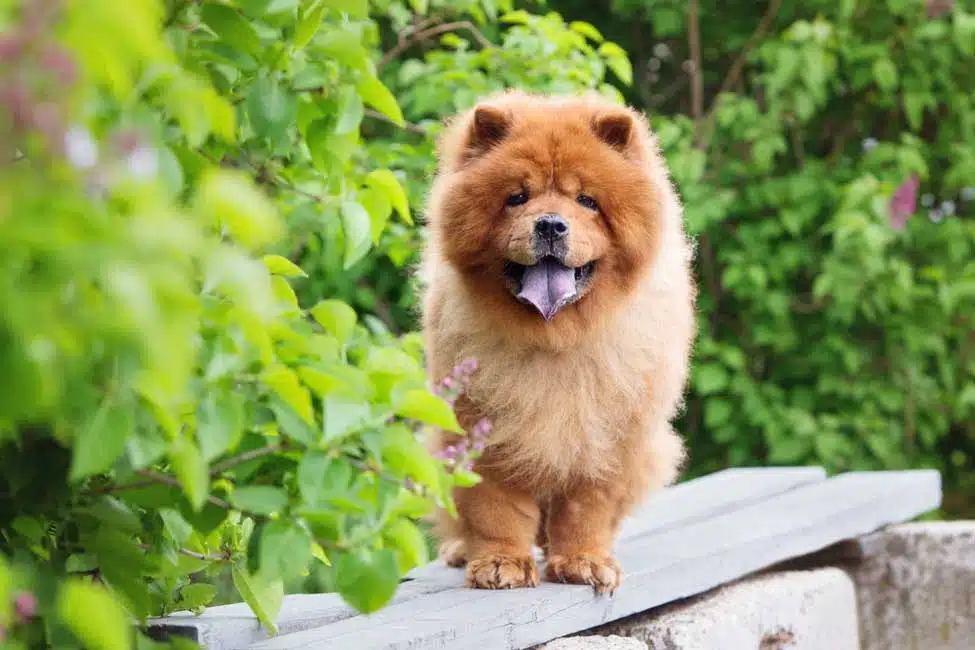
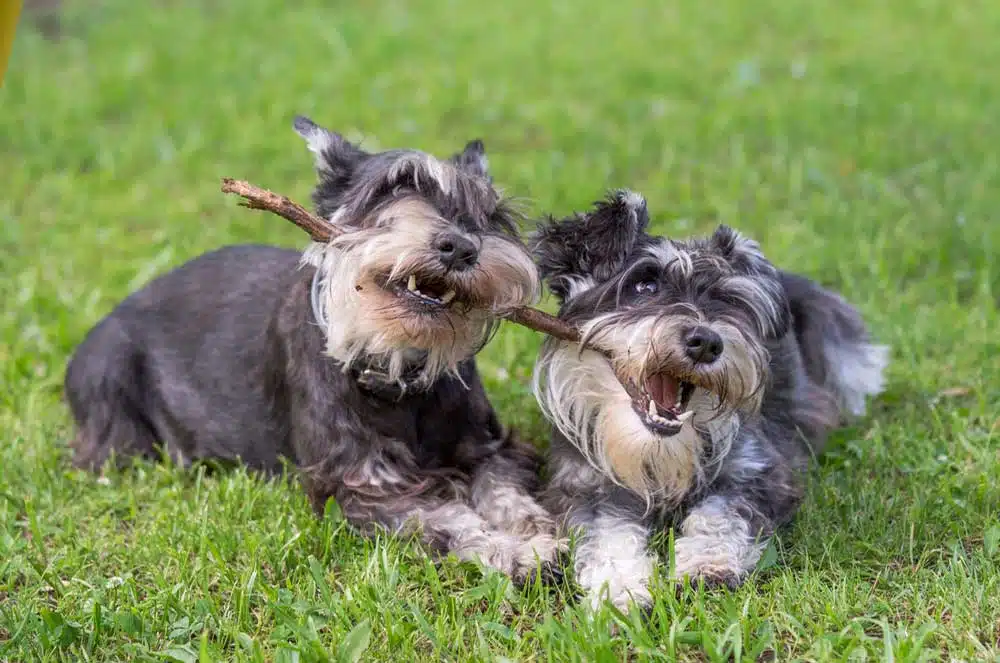
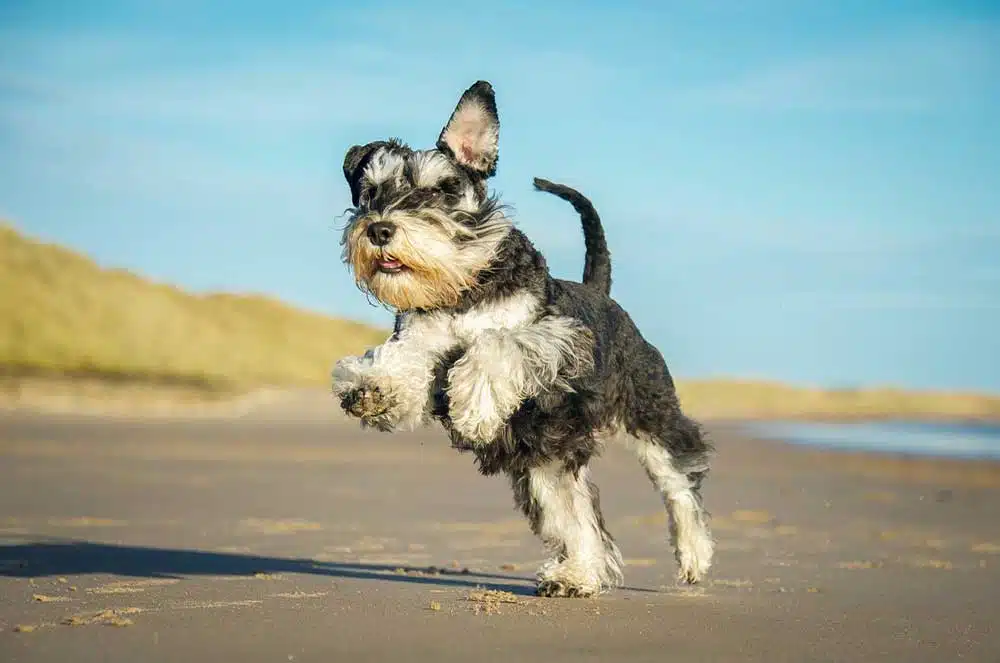
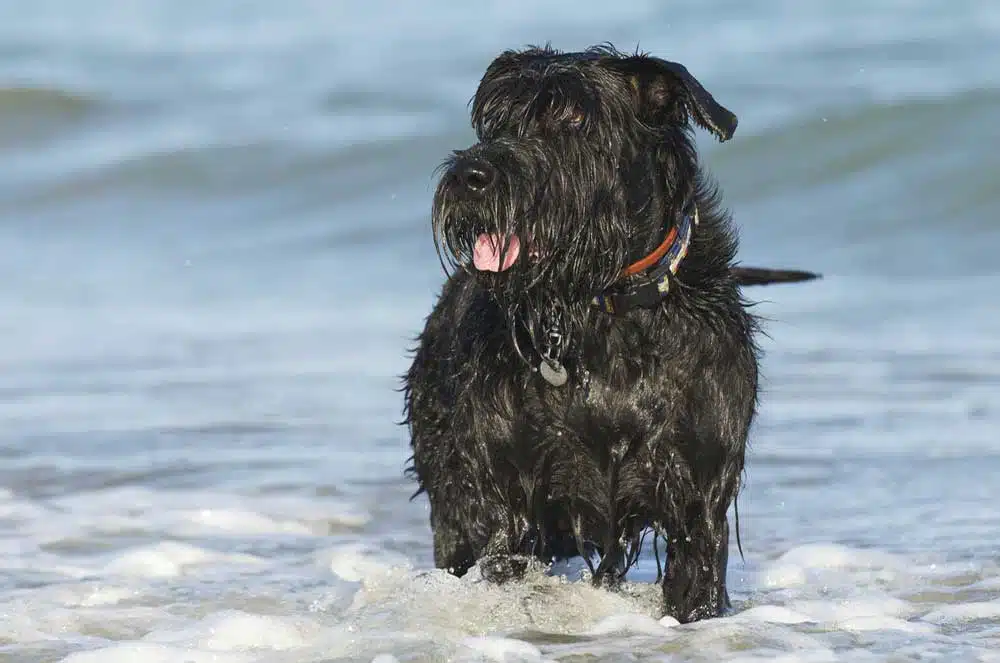

Leave A Comment
You must be logged in to post a comment.